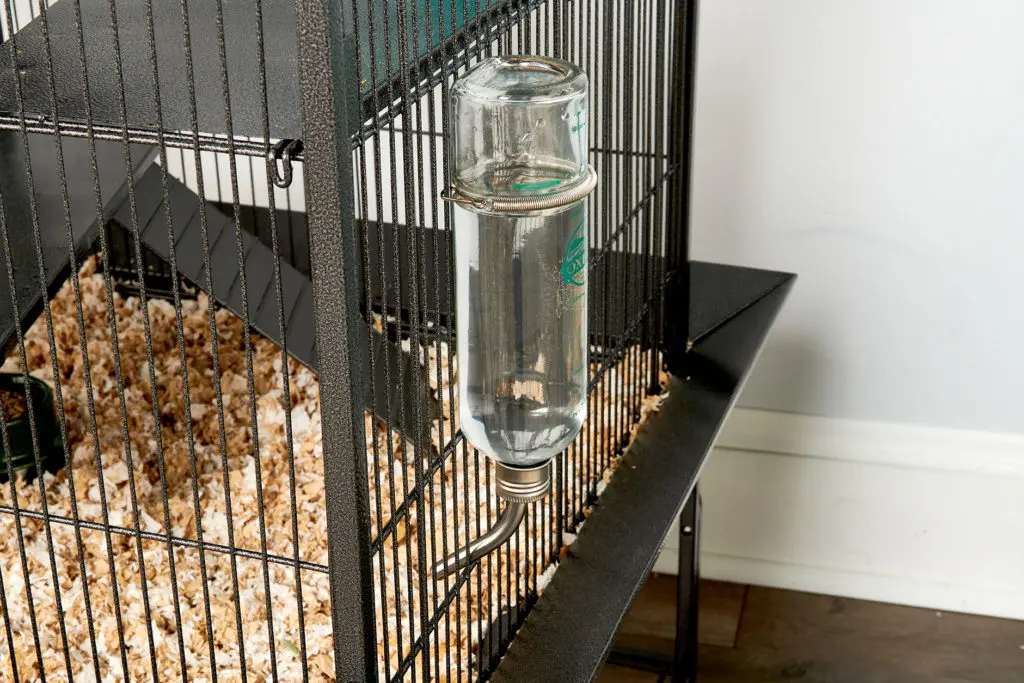There are few relationships as rewarding as the bond shared between pet parents and their furry family members. The unconditional love and acceptance provided by companion animals have been shown to lower blood pressure, decrease stress, and improve mental health. It’s no wonder so many folks feel drawn to sharing their home with a menagerie of furry friends of all shapes and sizes.
Though it can be trickier to create a safe environment for a multi-species household, keeping your lifestyle and your pets’ unique species requirements and individual personalities in mind will ensure the safest, most harmonious home life possible.
Things to Consider Before Adding Multiple Pets to Your Home
While not the most exciting aspect of pet parenthood, it is important to take the following considerations into account before adding additional species to your home:
- Financial Constraints
- Husbandry Needs
- Daily Demands of Multiple Pets
Financial Constraints
Caring for multiple species requires a significant financial investment. To keep everyone safe, happy, and healthy, you will need to consider the cost of purchasing and maintaining multiple species-appropriate enclosures (or securely pet-proofing an area of your home) for each species.
Additional animals also mean frequent trips to the pet store (or your favorite online retailer) to purchase high-quality, species-specific diets, enrichment items, and bedding. It is also essential to ensure you can cover all routine and unexpected veterinary costs for every member of your furry family.
Husbandry Needs
Despite their small stature, exotic companion mammals need a lot of space to run around and explore. If you’d like to add a new species to your existing crew of companions, survey your home and make sure there’s plenty of room for everyone.
Each species will need their own enclosure(s) or living environment(s), as well as a secure play area tailored to their individual needs.
Daily Demands of Multiple Pets
Living with multiple animals requires a significant time commitment. This is especially true if you share your home with numerous exotic species. For example, the following activities need to happen every single day:
- Keeping enclosures tidy
- Washing food dishes and water bottles
- Feeding and watering
- Supervising playtime
- Giving everyone individual attention
Before adding another furry friend, make sure you’re not stretching yourself too thin.
Safety First
While some little ones completely dismiss the idea of including different species in their social circle, others may be very intrigued by the other animals in the home. Regardless of their interest, it can be unsafe to allow different species to interact. Giving due attention to the following areas will help keep everyone as safe as possible:
- Supervise for Safety
- Provide Personal Space
- Consult the Experts
Supervise for Safety
Like humans, pets will bicker from time to time. Even a pair or group who normally share a close bond will occasionally get fed up with one another. While these disagreements are natural and generally safe to be worked out between individuals of the same species, the same may not be true if a squabble breaks out between furry family members of different species.
Any time your small mammals are out of their enclosure or designated living space, they must be under constant adult supervision. Maintaining continual surveillance will make sure no one escapes their respective safe zones, thereby putting themselves at risk, and will limit the potential of a larger animal (like a cat or dog) jumping into a smaller pet’s enclosure or play yard.
Provide Personal Space
In addition to proper supervision, it is generally best to keep each species separate from one another, even during playtime. Despite the number of heartwarming stories on social media depicting unlikely interspecies friendships between predators and prey, relationships like these are typically the exception not the norm.
Even the most mellow dog or cat is still a predator at its core and the quick, unpredictable movements often exhibited by prey species (like rabbits, guinea pigs, chinchillas, rats, etc.) can provoke an instinctual predatory response, resulting in a dangerous scenario or tragic accident.
Limiting interaction between predator and prey seems logical for most folks, but it may be surprising to learn it can also be risky to introduce prey species to other prey species (e.g. rabbits to guinea pigs). While most prey animals are incredibly social by nature, they tend to prefer the company of their own kind.
Each small mammal species communicates differently and when forced into a situation with other animals who don’t “speak” the same language, they may lash out or become overly stressed resulting in injury or illness.
Consult the Experts
If you truly feel your fur babies would benefit from a closer multi-species relationship with one another despite the risks mentioned above, it is best to consult with an exotics-savvy veterinarian before making any introductions. A veterinarian who is well-versed in proper exotic companion mammal care will have a fundamental understanding of these sensitive species’ innate behaviors and may be able to provide guidance on ways to introduce the species carefully and gradually. It is important to remember, however, that some species will never be compatible.
Sharing your life with a multitude of animal species is many animal lovers’ dream come true. Luckily, it is quite possible to build a safe, secure, loving environment that meets the requirements and preferences of many different companion species. With some additional time, lots of space, a deep understanding of each species’ intrinsic needs and behaviors, and the assistance of a trusted veterinarian, you can safely open your home (and heart) to a plethora of these special beings.




